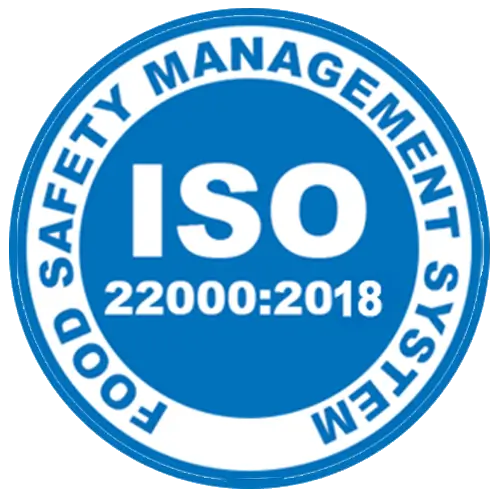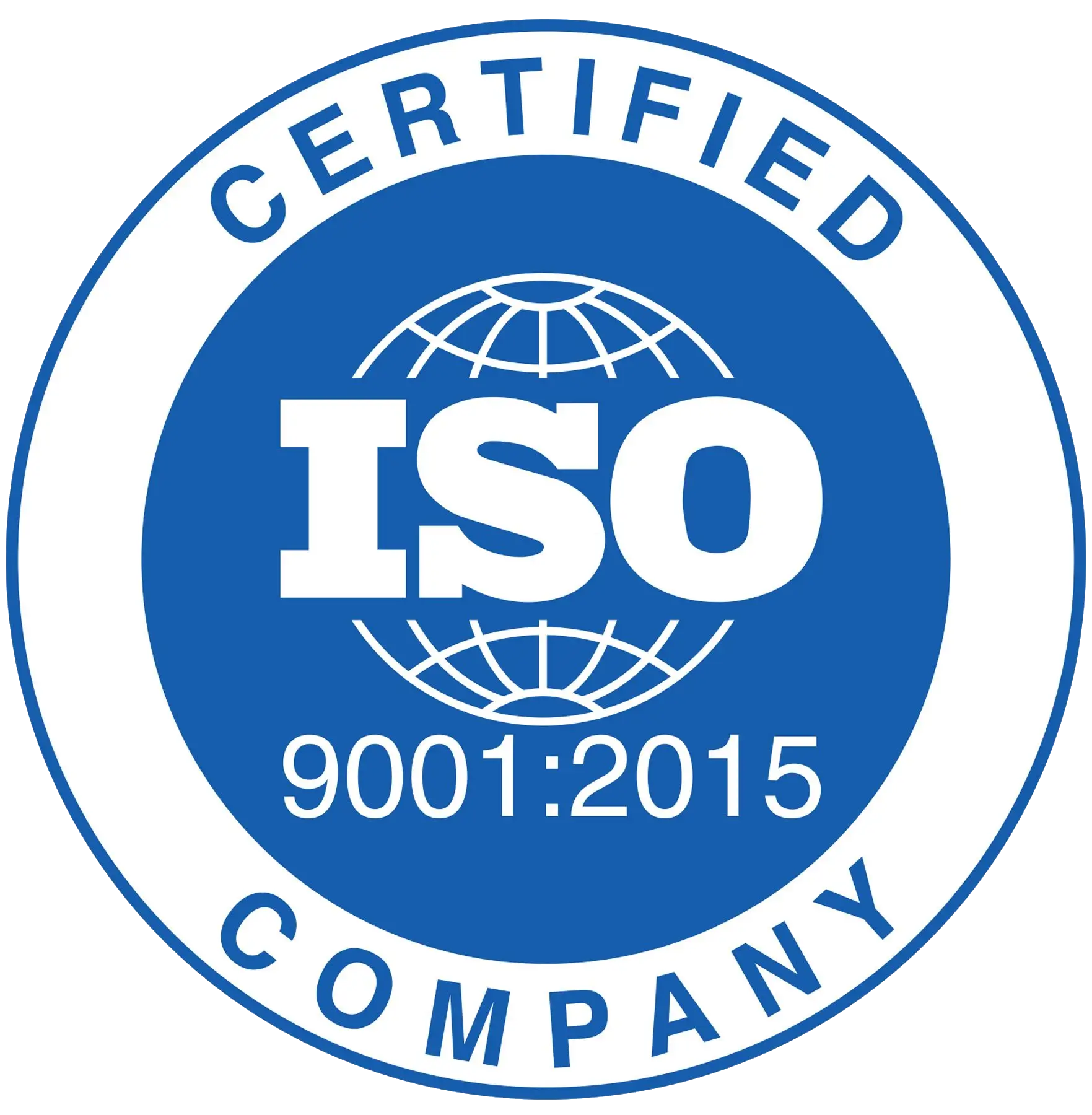Maximizing productivity in livestock farming is essential for increasing profits, ensuring animal welfare, and meeting the rising global demand for meat, dairy, and other animal products. Livestock farmers in Indonesia and around the world face challenges such as limited resources, disease outbreaks, and fluctuating market prices.
However, by implementing efficient strategies and modern technologies, farmers can significantly improve their farm’s productivity. In this article, we’ll explore the key strategies for maximizing productivity in livestock farming.
1. Optimize Animal Nutrition for Better Productivity
One of the most important aspects of maximizing livestock productivity is ensuring that animals receive proper nutrition. Well-balanced diets are essential for healthy growth, increased milk production, and better reproductive performance. Here are some tips to optimize animal nutrition:
- Customized Feeding Programs: Tailor feeding programs to suit the specific needs of different animal species, ages, and production stages. For example, dairy cows require a different nutrient balance than beef cattle.
- Nutritional Supplements: Incorporating vitamins, minerals, and feed additives can improve digestion, immune function, and overall health. These supplements can boost production and help prevent common diseases.
- Efficient Feeding Systems: Automated or semi-automated feeding systems ensure precise feeding schedules, reduce feed waste, and improve nutrient intake.
2. Implement Precision Livestock Farming (PLF) Technologies
Precision livestock farming (PLF) is a modern approach to farm management that uses technology to monitor and optimize livestock health, performance, and behavior. By leveraging PLF tools, farmers can make data-driven decisions that improve productivity. Key PLF technologies include:
- Wearable Sensors: Devices that monitor animal activity, health, and even early signs of disease. These sensors provide real-time data, allowing farmers to act quickly and prevent health issues that could affect productivity.
- Data Analytics: Analyzing data from sensors, RFID tags, and other sources helps farmers understand patterns and make better decisions on feeding, breeding, and health management.
- Automated Systems: Automation in milking, feeding, and waste management helps reduce labor costs, increase operational efficiency, and ensure consistent care for animals.
3. Enhance Herd Health Management
A healthy herd is a productive herd. Preventing diseases, promoting good animal welfare, and managing animal health are critical to achieving high productivity. Here’s how to optimize herd health management:
- Regular Health Monitoring: Conduct regular health checks and disease screenings to catch any issues early. Early diagnosis and treatment can prevent large-scale outbreaks that may decrease productivity.
- Vaccination Programs: Ensure that livestock are vaccinated against common diseases. A strong vaccination program helps prevent disease outbreaks that could negatively impact farm productivity.
- Parasite Control: Implement a parasite control program to reduce the negative effects of internal and external parasites, which can impair growth and overall health.
4. Use Advanced Breeding Programs for Genetic Improvement
Genetics play a crucial role in livestock productivity. By using advanced breeding programs, farmers can select animals with superior traits, such as faster growth rates, improved reproductive performance, and resistance to diseases. Key strategies include:
- Selective Breeding: Choose livestock with desirable genetic traits for breeding. Select animals that demonstrate high productivity, strong disease resistance, and good reproductive efficiency.
- Artificial Insemination (AI): AI allows farmers to introduce superior genetics into their herds without the need for keeping male livestock. This method improves genetic diversity and overall herd productivity.
- Genomic Selection: Genomic testing can identify animals with the best genetic potential, leading to faster improvements in the herd’s productivity and health.
5. Invest in Modern Farm Infrastructure
A well-designed farm infrastructure can significantly improve livestock productivity. Providing animals with a clean, comfortable, and safe environment helps reduce stress, disease transmission, and productivity losses. Key considerations include:
- Ventilation and Temperature Control: Proper ventilation systems help maintain optimal air quality and temperature, reducing the risk of respiratory issues in livestock.
- Space and Comfort: Avoid overcrowding by providing adequate space for animals. Ensuring that livestock have room to move freely reduces stress and promotes better health and productivity.
- Waste Management Systems: Implement waste management systems that help maintain hygiene, prevent disease, and reduce environmental impact. Proper manure disposal also allows for the production of organic fertilizers.
6. Adopt Sustainable Farming Practices
Sustainability is becoming increasingly important in livestock farming. By adopting sustainable practices, farmers can improve long-term productivity while minimizing environmental impact. Some sustainable strategies include:
- Efficient Water Use: Use water-saving technologies to minimize waste and ensure that livestock have access to clean water at all times.
- Sustainable Feed: Incorporate sustainable feed sources such as by-products, insect protein, or algae to reduce dependence on traditional grains and lower production costs.
- Manure Recycling: Recycle manure as organic fertilizer for crops, reducing waste and providing a source of revenue or cost savings for the farm.
7. Leverage Farm Management Software
Technology plays a vital role in maximizing livestock productivity. Farm management software can help farmers track and manage their operations more efficiently. Key benefits of farm management software include:
- Record Keeping: Track data such as animal health, breeding schedules, feeding, and production rates in one centralized system. This allows for better decision-making and efficient management.
- Operational Efficiency: Streamline daily operations by automating tasks such as inventory management, task scheduling, and financial tracking.
- Data-Driven Insights: Farm management software allows farmers to analyze trends and performance, helping identify areas for improvement and optimizing farm productivity.
8. Continuous Education and Training
Staying informed about the latest farming techniques, technologies, and trends is essential for maximizing productivity. Livestock farmers should invest in continuous education and training to stay competitive in the industry. Consider these opportunities:
- Agricultural Workshops and Seminars: Attend workshops and seminars to learn about new innovations and best practices in livestock farming.
- Online Resources: Take advantage of online courses, webinars, and resources that provide insights into everything from animal health to new technologies.
- Consulting with Experts: Seek advice from veterinarians, agronomists, and farm management consultants to optimize farm practices and boost productivity.
Maximize Productivity in Livestock Farming with QH Agritech
QH Agritech can help you to increase the quantity and improve the quality of your livestock farming. We also create an ecosystem where agribusiness players from various sectors can collaborate and support one another.
With this ecosystem, your livestock business can grow sustainably, expand market reach, and create a greater impact on both the local and global economy.
Join QH Agritech and unlock the potential of your agribusiness to reach international markets. Together, we can build a brighter future for high-quality and competitive agriculture in Indonesia.







